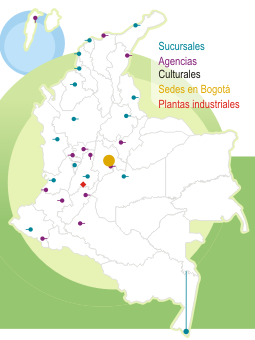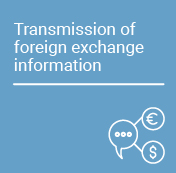Essays on Economic Policy (ESPE in Spanish) - Do Foreign Exchange Interventions Work as Coordinating Signals in Colombia?
In the journal Essays on Economic Policy (ESPE) - we disclose the results and policy proposals that arise from academic research carried out at the Banco de la República. When you read us, always keep in mind that the content of our articles, as well as the analyzes and conclusions derived from them, are the sole responsibility of their authors. The material disclosed in our ESPE magazine does not compromise or represent the opinion of Banco de la República or that of its Board of Directors.
This paper analyses the effectiveness of official interventions of the Colombian Central Bank in the foreign exchange market over the period of June 2008–December 2013. The estimation procedure suggested by Hansen (2000) is used to estimate a threshold model for the spot exchange rate that splits the data sample into two different regimes that depend on the extent of the misalignment of the exchange rate from a fundamental value. The estimation results provide empirical evidence of the existence of a coordination channel of intervention proposed by Sarno and Taylor (2001). According to the theory of the coordination channel, interventions by central banks work as signals that solve a coordination failure in the foreign exchange market when speculation moves the exchange rate from its fundamental value. The results suggest that foreign exchange interventions had a considerable and statistically significant effect in depreciating the domestic currency when the spot exchange rate was sufficiently below from its fundamental value.













































